The Game of Tomes
As seen in
The Game of Tomes was a tradition observed by Literomancers of The Great Houses until the Reawakening of The Iron Tome in 2020. It is the tradition that brought the Great Houses together and formed the community of Tome Knights who are so important to the continued survival of civilization and the sapient species of the Earth today.
History
The History of Literomancy
It is now generally accepted by historians that Literomancy once existed in something like its present form. Literomancy has gone through waxing and waning cycles of power through the ages. It is believed to have been prominent during the Bronze Age, declined into the Middle Ages, risen again during the high Middle Ages and Renaissance, and to all appearances, come to an end sometime during the 1600s as the Age of Enlightenment developed. There are several theories as to why this happened. Some blame the Inquisition, believing that with less literomancers in the world, there was less creative energy, and therefore, less Literomantic Power existed, draining magic of its potency. Some believe that a literomancer with the Iron Tome in their possession, possibly Leonardo Da Vinci, tried to write literomancers out of existence. Some believe that the literomancers simply went into hiding as a response to the Inquisition, and thus, they were less visible. And some believe the Iron Tome, that all-important artifact known to be able to shape the very nature of reality, simply went to sleep. Whatever the reason, prior to this non-magical period, literomancers were far more numerous and powerful. But following this, literomancy was greatly weakened. While Houses with totemic connections maintained their shapeshifting powers, that was the height of what literomancy was capable of for a long time. The Great Houses fell into decline. Most nobles of the Great Houses grew up in working class families, just like everyone else. Furthermore, frequent cycles of pogroms against witches, scholars, and the like have cropped up repeatedly through history. In general, literomancers practiced their craft quietly and out of the public eye.The History of the Game
According to the literature of a few of the Great Houses, most notably House Avis, House Meles, and House Lapin, there is some evidence that what eventually became known as the Game of Tomes existed as far back as the Roman Empire. However, it was demonstrably an annual event by the time of the Byzantines, since a few literomancers wrote about it in their personal letters, and some of those letters have survived. A crusader of House Avis wrote about his journey to his wife back home, and mentioned having "given honour to his House" by placing well. There is some suggestion that it may have preceded that in some form among House Mollusca, as Chinese writers of the Shang Dynasty described "a game played by the sorcerers of the sea, in which they matched their wits one against the other." There is also indication through some mythological elements that it may have been a part of Japanese culture, especially in the tale of Abe no Seimei and Ashiya Dōman, two prominent onmyōji. Tales of duels between sorcerers, particularly shapeshifters, are part of the Mabinogian, the Arthurian mythos, the Poetic Eddas, and many folk traditions. The tales of Scheherazade, who keeps herself alive while under the power of a brutal sultan by telling him stories each night until he decides to spare her, suggests that Middle Eastern cultures also maintained some literomantic traditions with echoes of the Game of Tomes. It may also have continued in some form under the mantle of the Welsh tradition of Eisteddfod, and elements of a shapeshifting duel remain in the Childe Ballad known as "The Twa Magicians." In the early Middle Ages, little evidence remains to determine if the Game continued or not, but records resume in Languedoc and Southern France in the High Middle Ages, preserved in the Lapin Secret Library. Apparently, a Game of Tomes was held by HRM Beata Lapin when the Iron Tome was in her possession. With the decline of literomancy during the Age of Enlightenment, for a couple of centuries, the Game of Tomes all but disappeared as the literomantic Great Houses lost touch with one another. However, the advent of faster means of travel and communication that were the hallmark of the Colonial Age, for all its many evils, did make the world smaller and more connected. Literomantic families, and members of the the literomantic Houses, who had lost touch with one another over the centuries, rediscovered one another. Literomancers gathered for the first Game of Tomes in centuries at the French Industrial Exposition of 1844, held in Paris, and again in 1851, at the "Great Exhibition of the Works of Industry of All Nations" in the Crystal Palace in Hyde Park, London, United Kingdom. After that, the Great Houses began to gather annually again in November, as had been the tradition in Southern France prior to the Inquisition. This tradition continued right up until the last official Game of Tomes in November 2020. While the Game of Tomes no longer officially exists, since Tome Knights must be prepared to fight the Word Wars annually against The Undead Horde, its spirit lives on in the two annual Tourneys of Tales, which take place in April and July.Execution
In the Game of Tomes, the Great Houses gathered and compete against one another over the course of a month, beginning at Samhain or All Hallows and ending at the beginning of December. There were two elements of this competition, and over the centuries, one was often emphasized more than another:
In all cases, the Major Houses were the "teams" registered in the competition. Minor Houses would be required to support one of the Major Houses in order to participate. The winner was said to have "claimed the Iron Tome." In the days before the decline of literomancy, this seemed to indicate the right, and the duty, of guarding the Iron Tome would fall to the victorious House — as it currently does as resolved by the Word Wars. By the 19th century revival, the Iron Tome was believed by most to be a myth, and this was purely symbolic. Also by the revival in recent times, there was little to no magic involved in the competition, and it had simply become a matter of relative output in Literomantic Power that determined the victor. In pre-history, the storytelling intrinsic to the competition was likely either spoken or sung. Over time, these elements may have remained a part of the Game, but emphasis shifted to writing. In modern times, writing output significantly improved with the invention of typewriters, and then word processors and computers. While it has since been proven that even such modern forms of storytelling as video editing and RPG gaming will generate Literomantic Energy, these were not permitted in the Game of Tomes by the time it ended in 2020.
- The Houses would compete to see who could generate the most Literomantic Power through writing or storytelling. This might or might not include competitions of storytelling versatility or skill as well.
- The Houses would compete with their magic. Sometimes, this would take the form of magical events or challenges, while other times, it would take the form of tournament duels, round robin pairings, or even grand melees, in which many magical combatants would take the field at once.
In all cases, the Major Houses were the "teams" registered in the competition. Minor Houses would be required to support one of the Major Houses in order to participate. The winner was said to have "claimed the Iron Tome." In the days before the decline of literomancy, this seemed to indicate the right, and the duty, of guarding the Iron Tome would fall to the victorious House — as it currently does as resolved by the Word Wars. By the 19th century revival, the Iron Tome was believed by most to be a myth, and this was purely symbolic. Also by the revival in recent times, there was little to no magic involved in the competition, and it had simply become a matter of relative output in Literomantic Power that determined the victor. In pre-history, the storytelling intrinsic to the competition was likely either spoken or sung. Over time, these elements may have remained a part of the Game, but emphasis shifted to writing. In modern times, writing output significantly improved with the invention of typewriters, and then word processors and computers. While it has since been proven that even such modern forms of storytelling as video editing and RPG gaming will generate Literomantic Energy, these were not permitted in the Game of Tomes by the time it ended in 2020.
Components and tools
The essential components of the Game of Tomes are whatever the participants used to tell their stories. This might have included writing implements, paper or similar, musical instruments, or in the modern era, typewriters, laptops, or phones.
It was common, even in modern times, for the participants to make use of their House banners or symbols to celebrate their loyalties. In medieval times these were brightly-coloured formal banners, while in 2020, these mostly took the form of print-on-demand mugs and T-shirts.
Participants
Participation over the centuries varied. In the classical era, Houses would send an expedition of representatives, often their best literomancers. In the Byzantine and medieval eras, it was expected that House Leaders would attend and lead the ceremonies. By the time of the modern revival, whomever happened to show up to represent the House would take an active role, usually in consultation with their House Leaders. By 2020, all known House Leaders at the time were present, along with most of the known literomancers at the time.
Observance
The Game of Tomes, when it was active, was observed October 31st to December 1st annually.
WIP
Streamer
Missing
Status: Location Unknown
Deceased
Status: Deceased Character
Retired
Status: Retired Character or Article
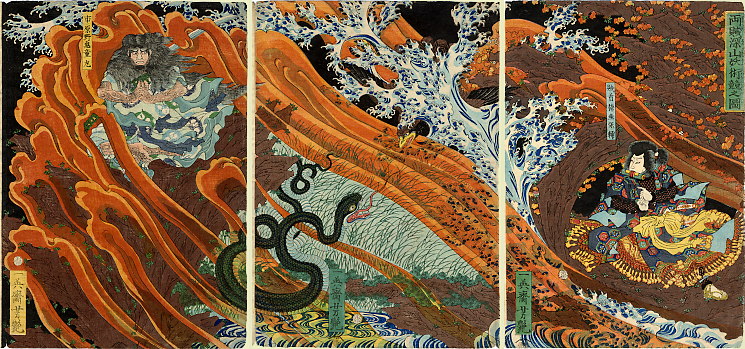
The Battle of Magic ( Hakamadare no Mochisuke, likely of Avis, vs. Ichihara no Kido-maru, likely of Sauropoda) by Utagawa Yoshitsuya (1822–1866)
Primary Related Location
Related Organizations
Related Ethnicities
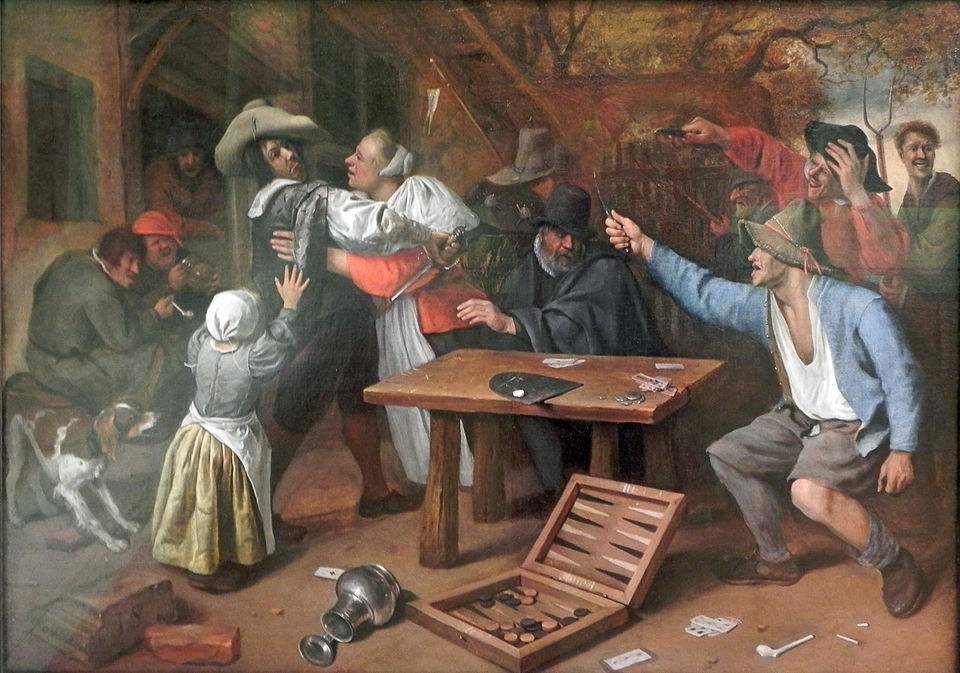
Streit beim Kartenspiel - A 1600s Dutch tavern presents two wizards from getting into a bar brawl by Jan Steen (1625/1626–1679)


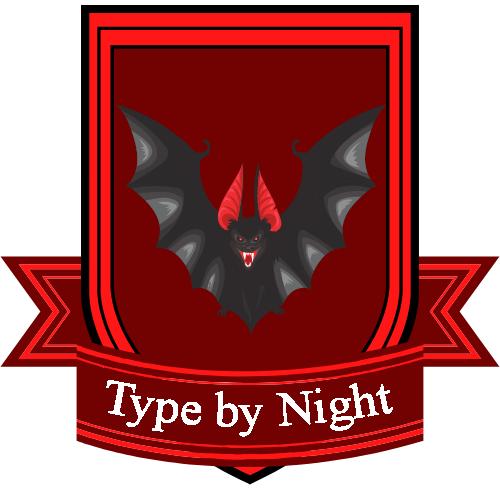





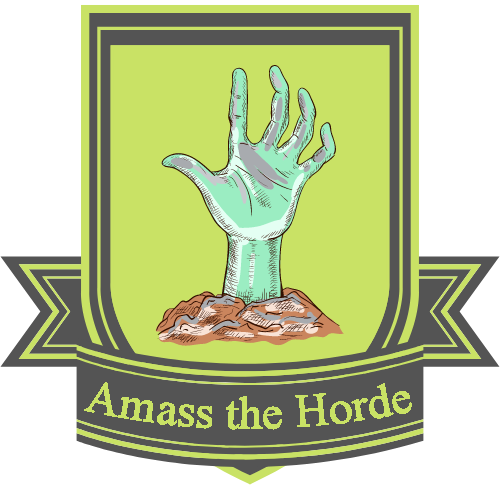



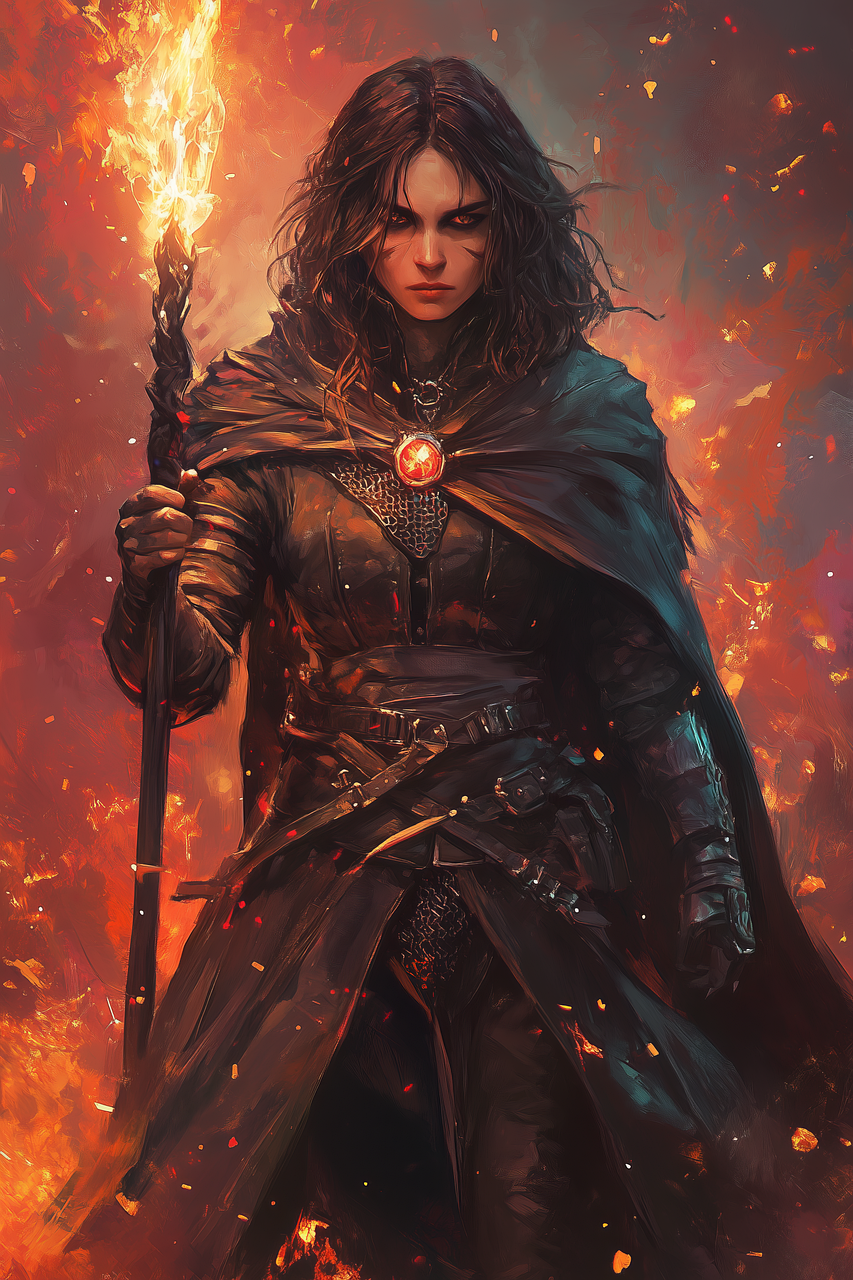





Comments